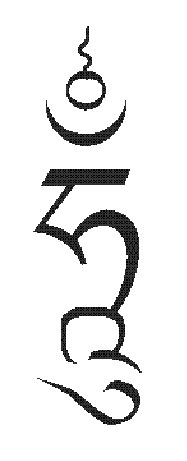|
|
||||
|
Prepare yourself to confront the time of passing peacefully |
||||
|
|
Buddhist principles help us to understand impermanence of all things and how to remove the causes that make it a fearful and negative experience Death is an integral part of life, a natural process of mutation. From the very moment of our birth, a transformation begins which carries us to adolescence, adulthood, old age and finally to leave this body. Whether slowly or quickly, everything in nature changes: stones, flowers, micro-organisms, animals and all living beings. Even days are born and die, from the brightness of dawn we come to dusk before getting to darkness, only to find the light of a new day. To understand this passage is the challenge of philosophers, spiritual seekers, and scientists, but also of every individual. In almost every culture, methods are formulated to face death in a serene and peaceful way. According to Hindus, death is a moment of rest for the soul before it continues on its path. In Bali, the rite of passage is celebrated with songs and colourful processions; Australian aborigines prepare for this moment in day long isolation. In Buddhist tradition, particular importance has always been given to the death process, as a fundamental reflection to fully understand the meaning of life. To understand death is not only useful in that very delicate moment but also in one’s daily life. To be ill or tired is a sign that one or more internal elements dominate the others in a way similar to that happening when one is about to die, causing blockages, impurity, negative influences and illnesses. By understanding the constructive and destructive interaction of the elements, we will develop increased awareness and learn to watch, listen, touch and feel in a more positive and peaceful way. Meditators and yogis have had very deep experiences, and they have transmitted these precious pearls of wisdom to us, by explaining how the elements which make up our body re-absorb themselves, provoking very strong reactions as well as visions. The earth element is absorbed into the water element, the water into the fire element, the fire into the wind element which is then absorbed into the space element. At this point, according to western medicine we are clinically dead, but in reality the continued activity of the subtle mind is responsible for us experiencing three visions: the white vision which is related to the lunar energy, the red vision which is related to the solar energy, and thirdly, the black vision which is in relation to the eclipses. Following this moment of total darkness the clear light arises, during which the mind is in its most subtle manifestation, having re-absorbed all concepts. By recreating the process of death right now, we will in reality put to death our illnesses, negative conditions and sorrows. Any negative experiences of this natural process only come about because we are creating the causes for them right now. In the various practices transmitted by Lama Gangchen, particularly the system of re-absorbing the elements at the moment of death, we receive the potential to transform the basic experiences of our lives into opportunities to go beyond our existential limitations, mainly our attachment to the body which, however precious it may be, is only a temporary guesthouse. The full development of all our human qualities in a rich and constructive life, can only come about if based upon a deep recognition of the impermanent nature of everything. Gabriella Lo Re |
|||
|
|
||||


